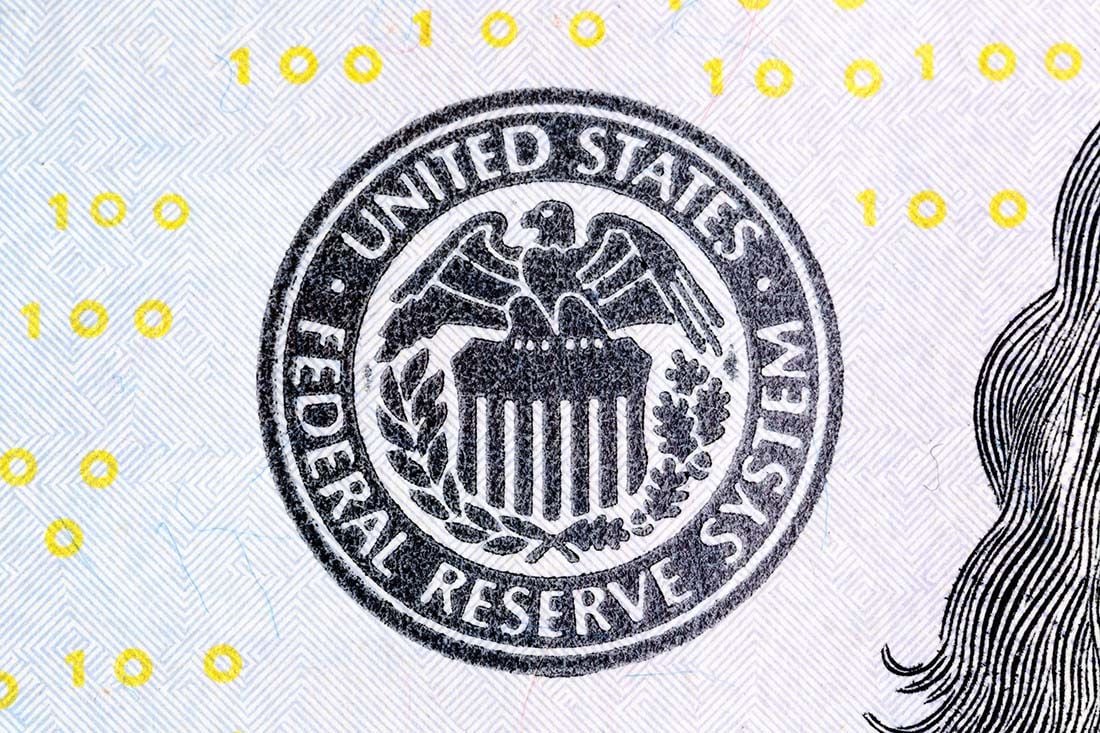US Dollar Rises as Federal Reserve Hints at More Aggressive Interest Rate Stance
- Written by: James Skinner
- FOMC contemplates more agressive interest rate stance.
- Forecasts above-potential growth and even lower unemployment.
- Analysts looking for faster pace of rate rises and a stronger US Dollar.

© Dmytro Synelnychenko, Adobe Stock
The US Dollar rose across the board during the morning session in London Thursday as markets responded to the latest set of Federal Open Market Committee meeting minutes, which showed policymakers growing more confident in the US economic outlook and contemplating a shift to a more aggressive stance on interest rates over the coming quarters.
FOMC members noted a weaker pace of economic growth in the US during the first three months of the year but attributed this to "transitory" factors, while also flagging that President Donald Trump's tax cuts and other fiscal stimulus are likely to prove a significant boon for the economy over coming years.
The US Dollar index was quoted higher at 89.57 during the morning session Thursday while the Pound-to-Dollar rate was 0.26% lower at 1.4157 and the Euro-to-Dollar rate was 0.30% lower at 1.2343.
"The Dollar may well get some additional support over the coming days from the FOMC minutes released last night," says Derek Halpenny, European head of global markets research at MUFG. "Certainly, it looks very plausible that at some stage the rates market may well have to adjust to price greater Fed action this year. The fed funds futures strip is priced at 45bps of additional tightening this year, which is a notable undershoot if three additional rate hikes that are forthcoming."
Minutes showed the near-term forecast for real GDP growth was revised down a little; the incoming spending data were a bit softer than the staff had expected, and the staff judged that the softness was not associated with residual seasonality in the data.
"However, the slowing in the pace of spending in the first quarter was expected to be transitory, and the medium-term projection for GDP growth was revised up modestly, largely reflecting the expected boost to GDP from the federal budget agreement enacted in February," the FOMC says.
Policymakers also forecast the US economy will grow faster than its so called "potential" rate of growth during the years to the end of 2020 and that the unemployment rate will fall further so that it continues to run below the committee's estimate of the long term "natural rate" of unemployment.
"Ultimately the consensus on the FOMC was split evenly at this meeting, with six officials projecting three rate hikes and six forecasting four rate hikes. Our long-held view is that a faster rebound in inflation will prompt the Fed to deliver a total of four rate hikes this year," says Michael Pearce, an economist with Capital Economics.
The projection for inflation over the medium-term was "revised up a bit" in the March policy meeting, "reflecting the slightly tighter resource utilization in the new forecast".
The rates of both total and core PCE price inflation were projected to be faster in 2018 than in 2017. The staff projected that inflation would reach the Committee’s 2% objective in 2019.
But, the most recent set of inflation data suggests prices are rising towards target faster than the Fed had initially expected, US consumer price index rose to 2.4% in March while the more important core-CPI measure, which removes volatile commodity items from the goods basket, also bobbed above the 2% target to register at 2.1%.
Accordingly, it was noteworthy that policymakers recorded the following in their latest minutes:
"Several participants expressed the judgment that it would likely become appropriate at some point for the Committee to set the federal funds rate above its longerrun normal value for a time. Some participants suggested that, at some point, it might become necessary to revise statement language to acknowledge that... monetary policy eventually would likely gradually move from an accommodative stance to being a neutral or restraining factor for economic activity."
It was this view which we feel gave the Dollar a boost.
"The apparent greater confidence regarding the inflation and growth outlook should be modestly positive for the US Dollar, and negative for fixed income today," says Andrew Grantham, an economist at CIBC Capital Markets, in a note Wednesday.
Pricing in overnight index swaps markets, which enable investors to protect themselves against changes in rates but also provide insight into expectations for monetary policy, implies the top end of the Fed Funds rate range on December 19 will be 2.25%.
This is up from the roughly 2% implied rate that prevailed at the end of 2017 and suggests markets are banking on another two rate rises from the Fed this year, but that they are not betting on a fourth hike.
Advertisement
Get up to 5% more foreign exchange by using a specialist provider to get closer to the real market rate and avoid the gaping spreads charged by your bank when providing currency. Learn more here.




